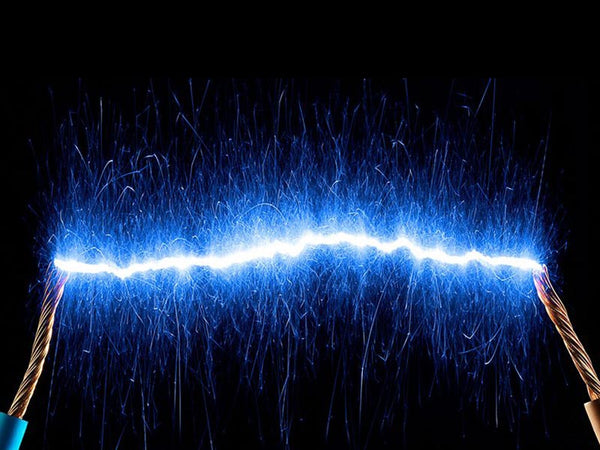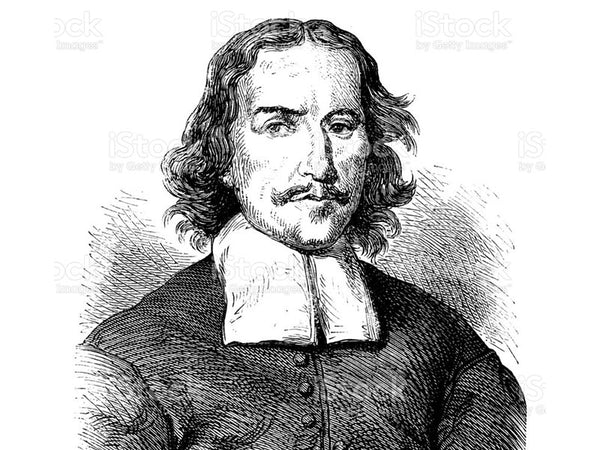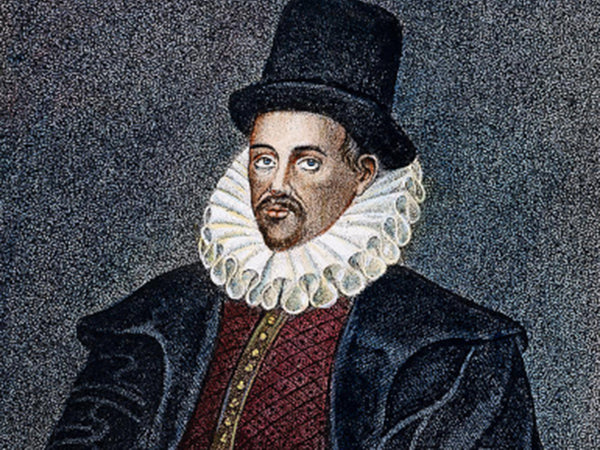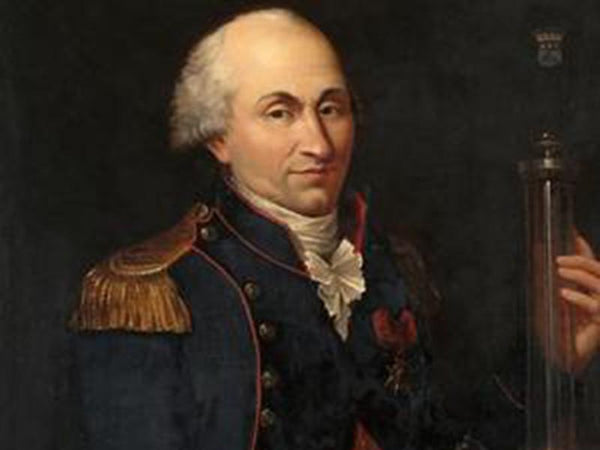
The emergence of electric vehicles is the fruit of the accumulation of human science and technology. It is the appearance of related technologies such as electric batteries and electric motors in the early stage that provides the necessary conditions for the advent of electric vehicles. The main difference between electric vehicles and other vehicles is the power source, which is driven by electricity. Therefore, the discovery and research of electricity plays a crucial role in electric vehicles.
What is electricity?
People's understanding of electrical phenomena has long been documented. In 585 BC, the ancient Greek philosopher Celis had discovered that rubbed amber could attract small objects such as broken grass. At the end of the Western Han Dynasty, there were records about "tortoiseshell sucking" small objects). In the early years of the Yuan Dynasty, there were also records of "spear-end fire" (ie, metal spear tip discharge). In the Eastern Han Dynasty of my country, Wang Chong also mentioned the phenomenon of "Dunmouju mustard" in his book "Lunheng". The so-called "Dumuo" means amber, and "Duo mustard" means attracting seeds and vegetables. It can be said that heroes see the same thing. In the Jin Dynasty (3rd century AD), there is also a record about the discharge phenomenon caused by frictional electrification: "Today people comb their hair, untie their clothes, and untie knots with the comb, and those who have light also have sound.
Gilbert, Queen Elizabeth's health physician, was the first to conduct a systematic study of electrical phenomena. In 1600, he published the book "On Magnets, Magnets and Giant Geomagnets", which comprehensively discussed the results of his research on magnets and the phenomenon of electrical attraction, and conducted a study of electromagnetic phenomena that have been unclear to mankind for thousands of years. According to classification and systematic analysis, electricity and magnetism are considered to be two forces with different properties. He was also the first to use terms such as electrical attraction, electricity, and magnetic poles, and is therefore known as the "father of electrical research".

Otto von Cooke (1602-1686)
In 1660, Cook invented the electrostatic friction machine, a coaxial rotating glass disc with some substance such as fur attached to it, which can be used to charge and maintain a certain voltage between two conductive spheres with a certain gap.

William Gilbert (1554-1603)
In 1729, Gray continued Gilbert's experiment and conducted a systematic study of electrical conductors and found that the electrical conductivity of electrical conductors is only related to surface area and has nothing to do with volume. In 1733, Dufy described the two physical properties of electric charge, attraction and repulsion. In 1767, the British chemist Prestley discovered the phenomenon of shielding, that is, the phenomenon that an electric field force is not generated inside a hollow conductive container after it is electrified, and then leads to the negative quadratic law of charge force.

Coulomb and Coulomb torsion balances
In 1777, the French Academy of Sciences offered a reward for methods of improving the navigational compass. Coulomb believed that there must be friction on the shaft of the magnetic needle holder, so he proposed a method of suspending the magnetic needle with thin hair or silk threads. In addition, he also conducted in-depth and meticulous research on magnetic force, and discovered the proportional relationship between the torsion force when the thread is twisted and the rotation angle of the needle, and then invented the torsion balance. Coulomb used the torsion balance as a tool to do a lot of experimental research on electrostatics. In 1785, he proposed the famous Coulomb's law, which made the study of electricity from qualitative to quantitative. It is an important milestone in the history of electricity. In honor of Coulomb's great discovery, the unit of electric charge is named after his surname.